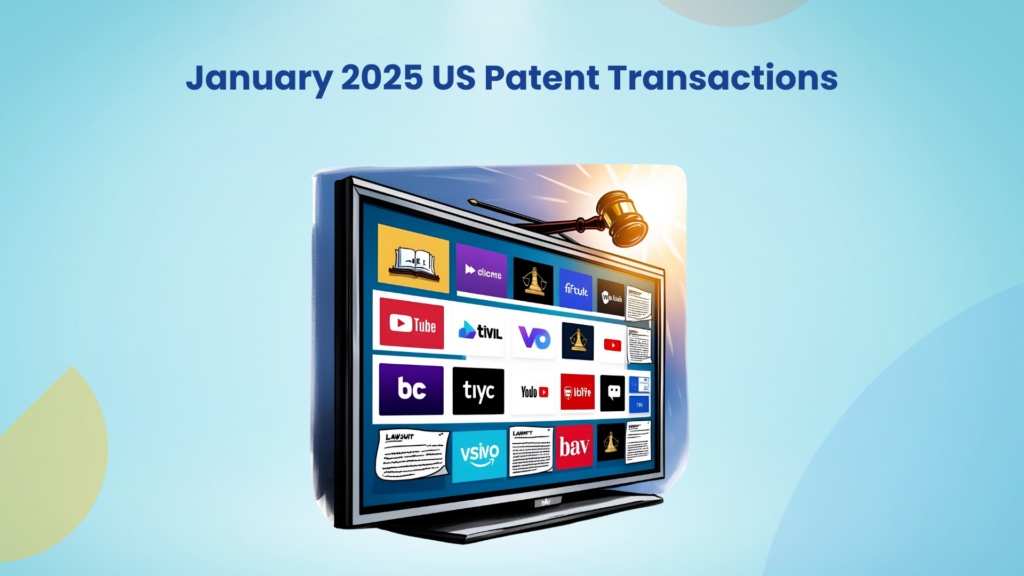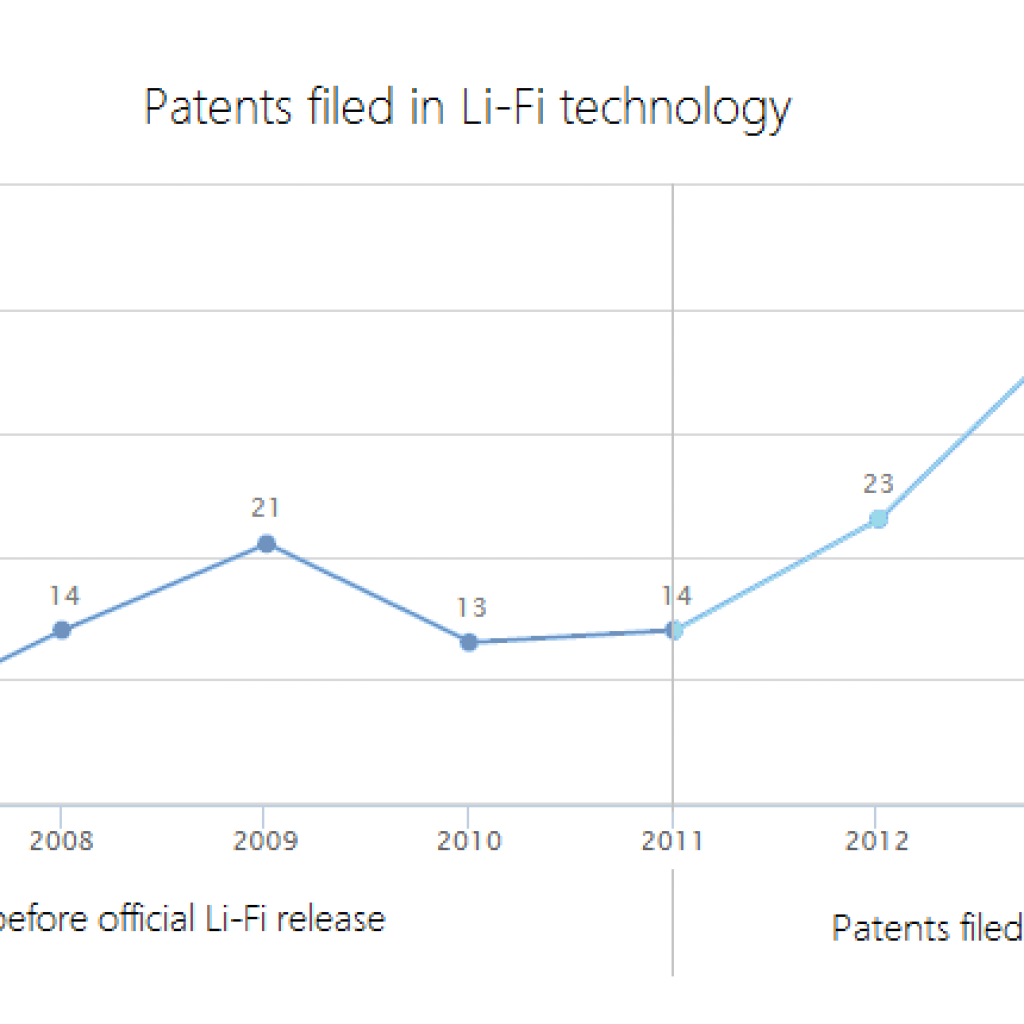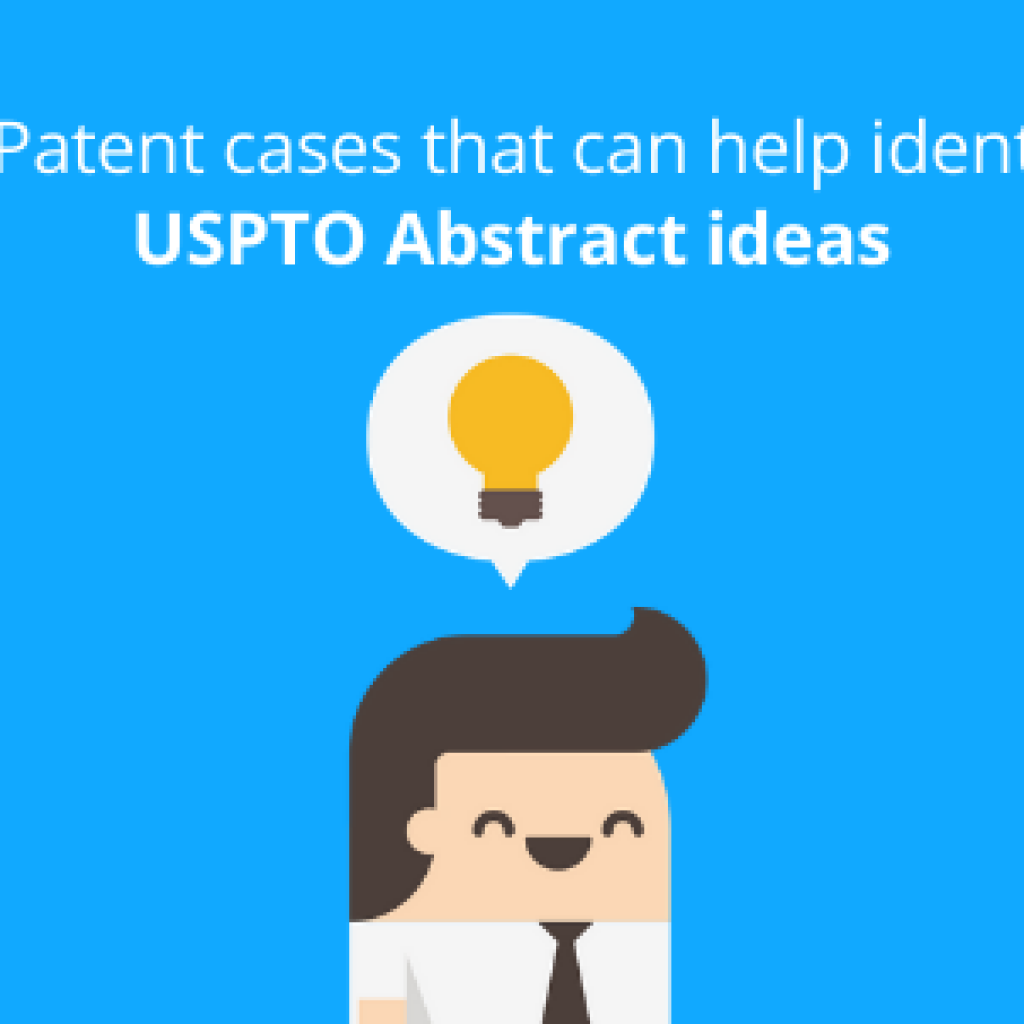The Richardson Oliver Patent Market Report 2023 found that patents with documented evidence of use can command significantly higher prices. These premiums range from a staggering 32% to a whopping 108% compared to patents without such evidence. Such data highlights the importance of patent enforceability, which translates to stronger negotiating power during licensing or patent sales.
This case study is based on a project where seemingly straightforward patent infringement analysis became challenging due to limited product documentation. However, a breakthrough came by combining teardowns and FCCs in the strategy. This eventually solidified the patent’s enforceability and increased its value for potential sellers.
The Objective of the Case
The client sought patent valuation to establish infringement of his gaming controller patent before selling it. The technology involved controllers with gaming consoles. The novel element was the product’s processing device, which analyzes the input signals from the different interfaces. It eventually generates instructions for controlling a game. While such components are typically easier to prove infringement, this case had its hurdles.
Initial Challenges with Standard Procedures
The investigation began with readily available resources like product specifications and manuals. Unfortunately, these sources did not mention the processing device in question. We then turned to FCC reports, which helped uncover internal product details. They help access internal images of the product, which are useful for understanding its internal workings at the motherboard level.
However, the company kept this information confidential to prevent access to the internal imagery.
Shifting the Focus to Teardowns
The infringement search then shifted to online teardowns, which sometimes reveal internal components of devices. We found a YouTube video teardown displaying the product’s internals. However, the integrated circuits or chips were covered by protective shields, as shown in the below snapshot.
Undeterred, we continued the search and located another teardown video. In this specific video, the YouTuber removed not only the protective shield but also the thermal pads. As a result, the chip’s identification numbers were clearly visible (masked here for confidentiality).
Locating the Processing Device out of the Three Chips
The challenges didn’t end here. The motherboard revealed three chips, and it was unclear which chips were the processing device. In fact, one of these chips was a Qualcomm processor. It is easy to mistake this Qualcomm processor as the processing device based on the name.
However, to prove patent infringement, it was important to check whether it performs the function mentioned in the novel element of the patent. To resolve this, we had to understand the role of the three chips and figure out which component was processing the input signals. As a solution, we searched for the datasheets of these chips using the IC numbers. A datasheet is a document that explains how the IC should be used, how it works, etc.
We did not find the datasheet online for one of the chips, “Southbridge IC.” It was a custom-made chip and not sold to multiple entities. Therefore, the documentation for such components is not released to the public.
We leveraged the IC number to conduct a broader search, leading us to an article from a prominent player in the haptics domain. The article explained the Southbridge IC’s operation, including its role in processing user input signals in a similar product.
This information proved to be a perfect overlap for the function claimed by the patent. The Qualcomm processor, on the other hand, was used for other tasks. Based on this evidence, we built a high-value claim chart for this case, which the client utilized to get a better price for the patent.
Conclusion
Proactive patent infringement analysis, as seen in this case, is the most important tool for locating a patent’s hidden value. However, traditional strategies will fall short regarding patents of rapidly evolving technologies such as AI.
Fill out the form to discuss a customized patent infringement analysis strategy for your case. Gain a clearer picture of your true patent worth for licensing, sale, or other monetization options.
Authored by: Aniket Kumar and Aadesh Srivastava, Patent Infringement Team










